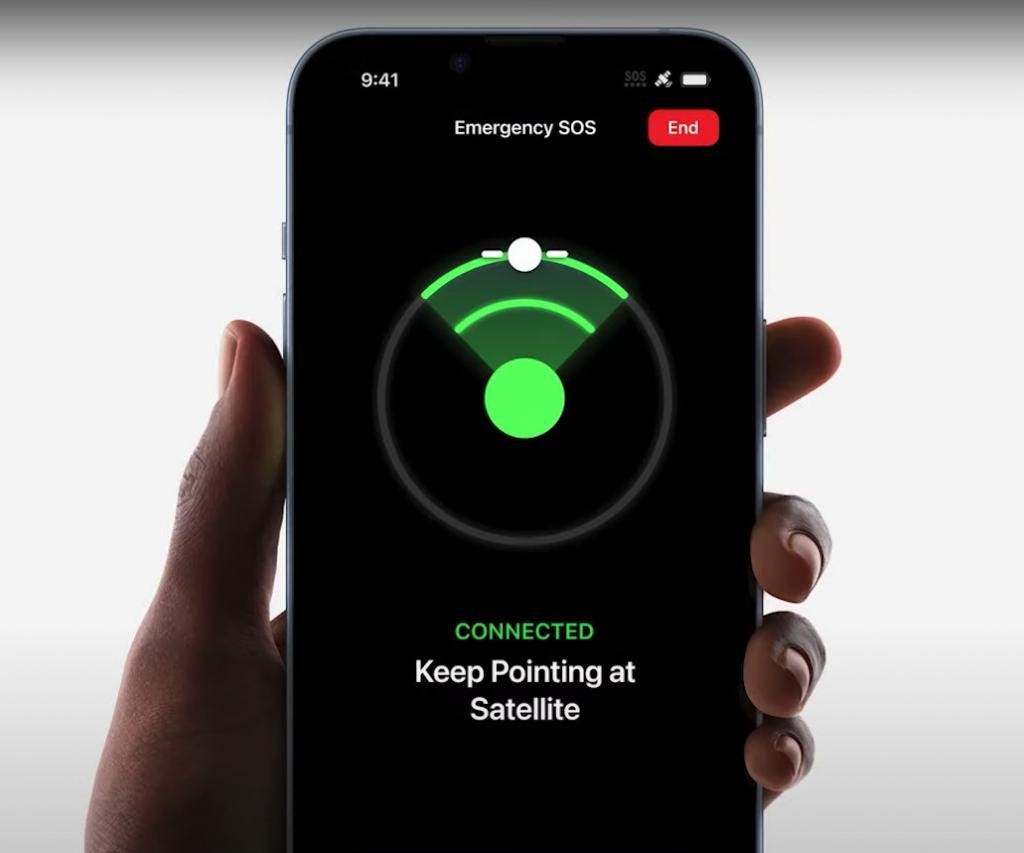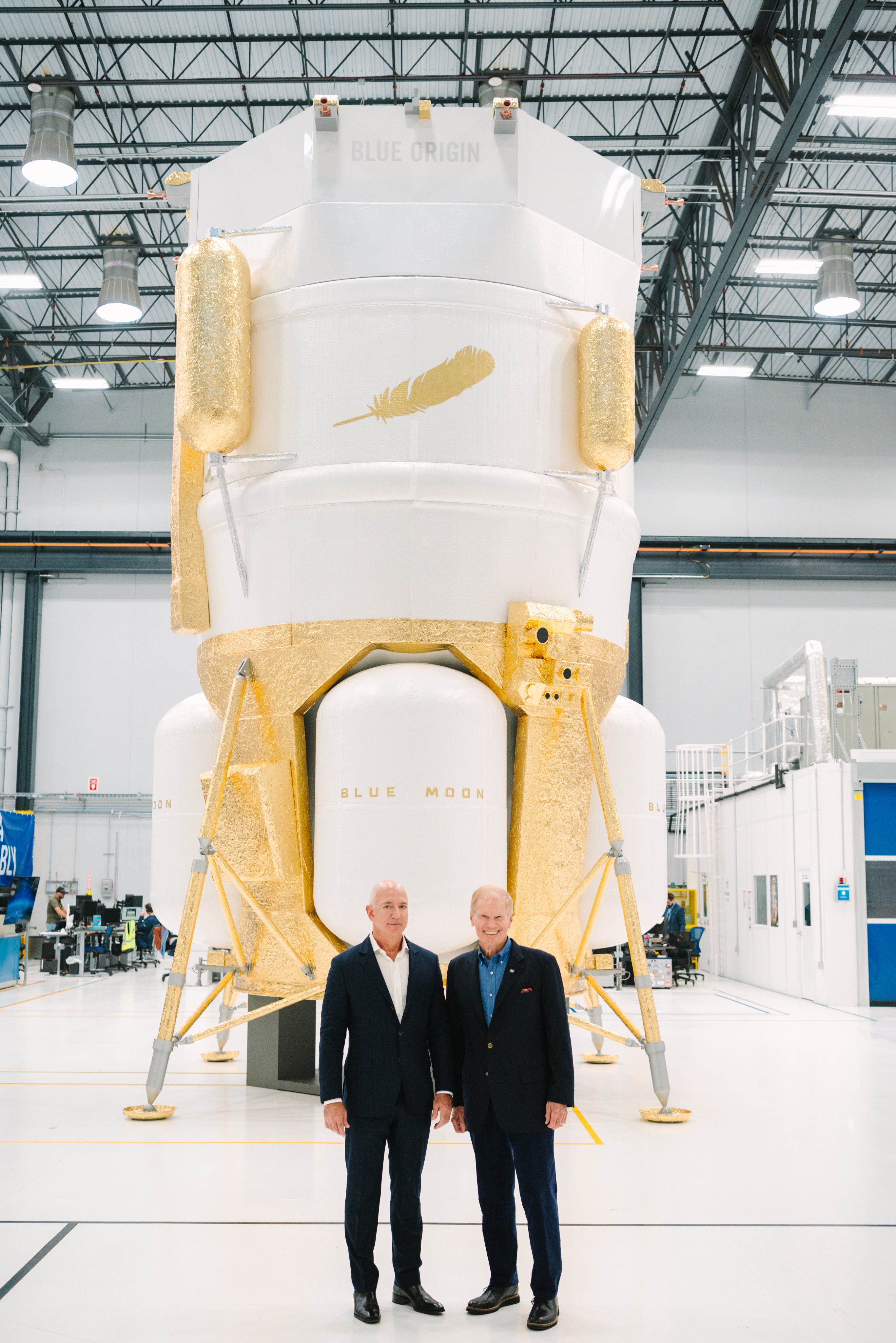Vulcan is not as cost effective as Falcon 9 or Heavy but it does have some features that make it a good alternative for customers. I am no expert but from what I have learned from people with more knowledge is that getting to the right place and the right speed can be more critical than launch cost.
True, Vulcan wins on delta V for deeper space missions. For bench racing rockets mass performance is good enough...as long as the orbits being compared are the same. (Its easy to get crossed up with different inclinations and altitudes)
Probably the most useful SX vs ULA comparison is F9 ASDS vs VC2S (two SRBs). If we assume that if Vulcan's price is indeed $100-200M (as wiki'ed) and they have four variants, we can SWAG that the second variant (the one with two SRBs) will be ~$133M. (Given that a GEM-63XL is less than $10M, a $33M upcharge to bolt two of them onto a $100M SRB-less rocket might be a bit high.) With VC2S's slightly higher mass to LEO $133M works out to a mass to orbit price premium of 80% for Vulcan.
Circling back to your quoted point, things are a bit different if we look at GTO--the Vulcan price premium drops to ~40%. Real money for sure, but not game over money, especially for a state funded program that costs hundreds of millions of dollars anyway--when the stupid tax on a more expensive rocket is single digit %'s of the mission budget, its hard to get too worked up.
You can also bet that there's more appetite for price negotiation on a big buy with Vulcan vs Falcon since SX doesn't have to worry about competing on bottom line price (though as I've also noted in the past, of course SX has plenty of room to go lower with price).
Back to Blue Origin, the same has been said about New Glenn. It is also, potentially, a nice alternative for certain types of launches.
Yes it's a similar technical upside vs Falcon. I don't think there's NG pricing in the open, but its fair for someone of reasonable mind to speculate that a private company like BO knows they need to be at least
in the ballpark on mass to orbit price to stay relevant. Time will tell on where they land publicly.
If it matters, I suspect that Neutron and Terran-R will really be the next catalyst(s) to re-reshape the launch industry, much like F9 has done recently. Once (if) they go operational they'll be able to better compete on price and availability with Falcon and the commercial/competitive landscape will be very customer friendly. Together those three vehicles will take the launch landscape into the middle of next decade, if not farther (plus also a globally competitive vehicle or two from Jai-nuh, at least for non-US customers, and likely also a competitively priced vehicle from Mitsubishi).
That likely future will, for better or worse, make it hard for NG to really compete commercially IMO....and ULA too (though its probably fair to assume their price makes it hard for them to be primary competitors in the commercial space anyway, and so they're likely banking on Uncle Sam keeping the lights on in case Elon starts peeing in jars). Anyway, I think the primary struggle for NG is going to be its size. It's going to be hard for any entity to maximize the design of NG, mostly because those entities can work within the 5m class vehicles and have a number of options instead. NG users guide implies they aspire to do dual manifest launches (similar to Ariane) which WILL make NG a little more attractive--especially for GTO missions (dual manifest to LEO is kind of wonky)--but dual manifest launches also have their own issues, notably scheduling.
Beyond that, NG ends up competing with Starship which, while not nearly the lopsided affair most here would assume, will still almost certainly always favor Starship.
Starship is yet another piece of the puzzle and SpaceX will eventually get it up and running.
Indeed. Though, while somewhat understandable in this kind of forum, there's some aspiration/fantasy amongst the fanbase that does cloud where Starship actually is and where it's going. Its easy for folks to get wrapped up in the very open/public progress of SS, but big picture, its more or less neck and neck with NG relative to when they started (both in the early 2010's), where they are (early iteration flight hardware generally available except for some long poles), and where a reasonable evaluation would pin the calendar for when each is likely to put a significant, retail paying customer on orbit (in other words, not some cubesats or cheap rides on demo launches or internal payloads like Starlink that have little failure downside).
As far as the puzzle goes, time will tell if/when SX can actually get the SS launch cadence they want. IMO they're not going to get there from existing spaceports: I don't think Texass will be ok with a gazillion launches, and I think CCAFS/KSC is going to start throttling the number of SX launches as their total cadence increases (and especially as other launchers come online and need the chance to launch). I also wouldn't be surprised if the noise gets to be a problem in Florida (though I also wouldn't be surprised if the authoritarian Florida legislature tells Grandma to **** off with her noise complaints).
Anyway, time will also tell if/when SS's pricing is attractive enough for paying customers to pay for a wrong-sized vehicle. As I've opined before, for a long time nobody but a megaconstellation actually
needs something as big as a starship. IMO the real commercial strategy for Starship is going to be to convince paying customers that it's a better deal to save a few bucks and ride the Greyhound for 6 hours rather than taking that 1 hour flight. Or, another analogy, convince Amazon its a better deal to do customer deliveries out the back of a 53' semi trailer instead of a fleet of sprinter vans.
Bottom line, Starship clearly is imperative to achieve anything close to the stated Starlink aspirations. Starship's upside to [low volume] exploration missions over 5m options is pretty clear, and it's likely these kinds of missions will bring in big state monies. Starship's upside to traditional government missions isn't that apparent, given that state funded missions aren't transitioning away from "traditional" anytime soon, and NG will offer an alternative. And most importantly, where Starship fits in the current and future commercial launch vehicle space--which is where most of the growth in the space industry is coming from--is very much not clear.






